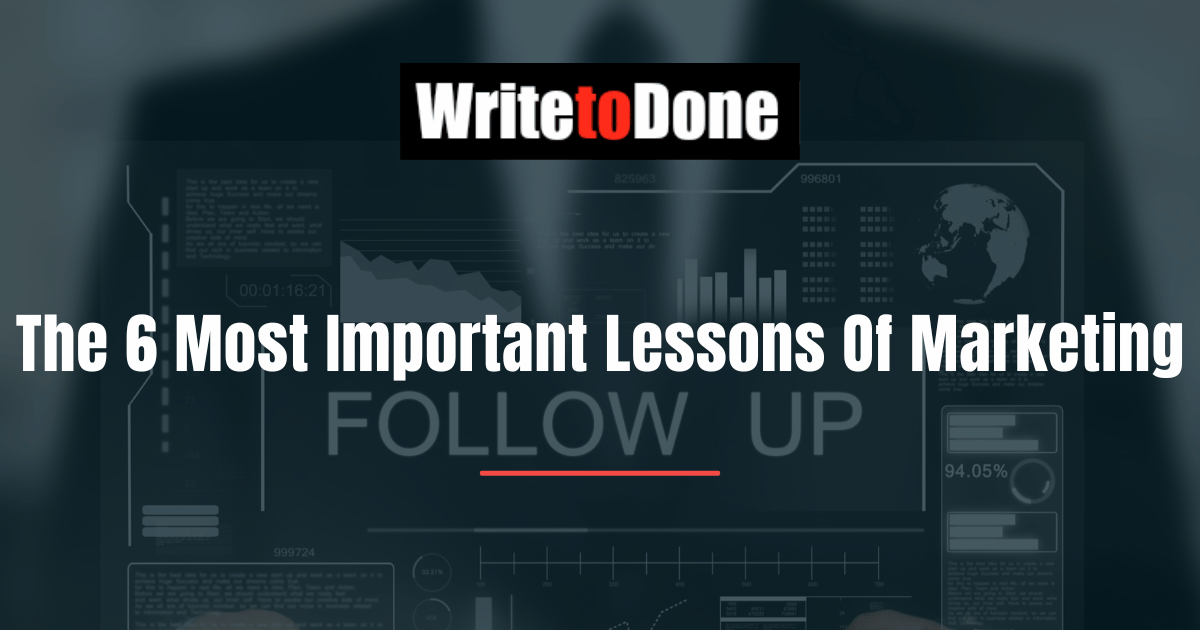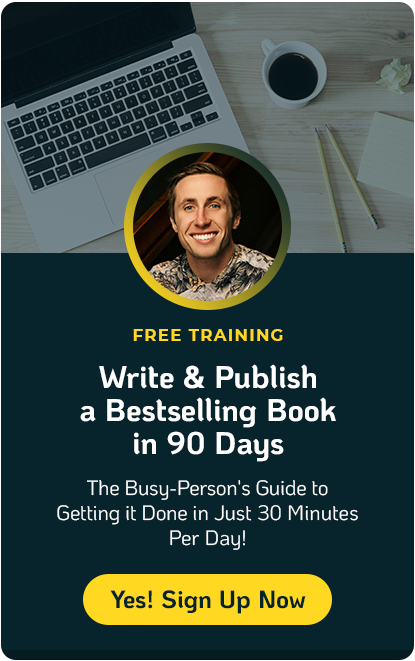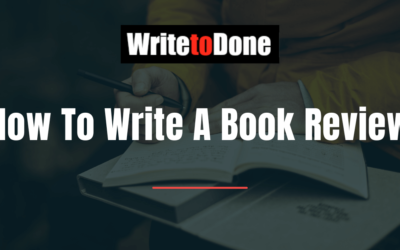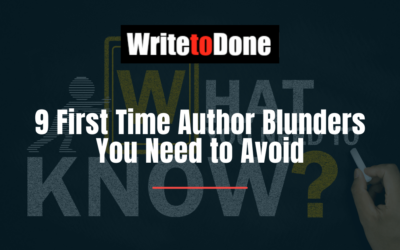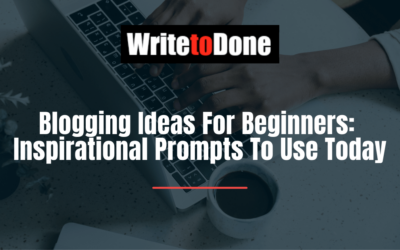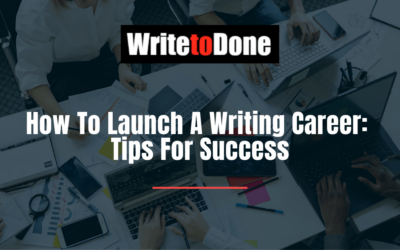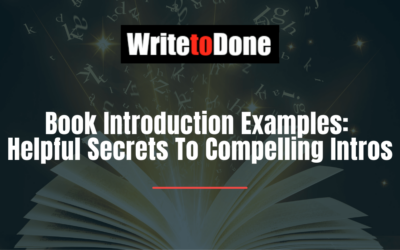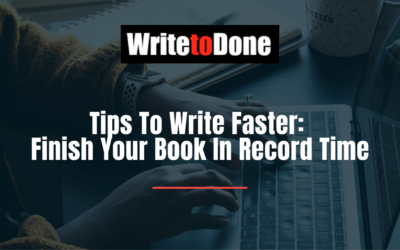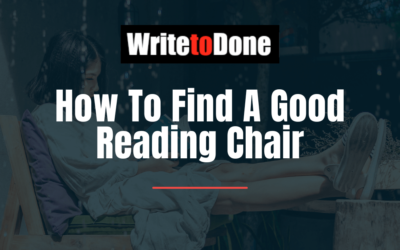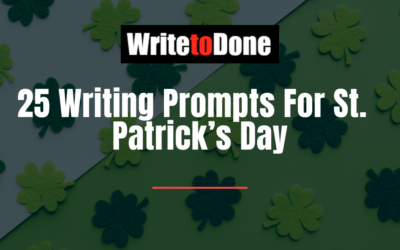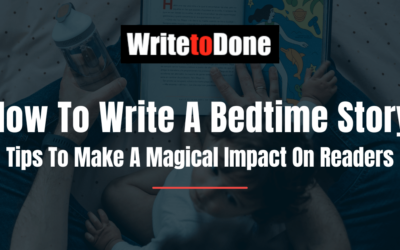1) Follow up.
2) Follow up.
3) Follow up.
4) Follow up.
5) Follow up.
6) Follow up.
How do I know this to be true?
Because recently we launched a book on Membership Sites. As is the norm, we give the best price to our members at 5000bc. We also let them know about the product much in advance. They read it in announcements, on the forum etc.
So what price would your members choose to buy the product at? The lowest possible price or a higher price?
You’d be surprised at what you find…
The logical mind would say that people buy the product at the lowest possible price. But that’s not true. Yes, many members do pick it up at the member’s price. But at least 15% or more pick up the product/service/workshop at a higher price.
Now why would they do that?
We can’t say. And neither can you. Maybe they weren’t convinced. Maybe they didn’t read the earlier emails. Maybe they were on vacation.
The maybes don’t matter.
What does matter is that a reasonable number of buyers (and we’re still talking members here) do buy at a higher price, and at a later date. Which means that if we didn’t follow up, those sales may not have happened.
And this little insight shows you that if your closest, tightest band of followers aren’t paying that much attention after being reminded over and over again, how will the rest of your audience react?
Yup, you got it right!
The rest of the audience is more skeptical, more distant and so logically, they would react much more slowly. The less connected your audience is to you, the more they’d hesitate to buy your product. So if you don’t follow up, you miss the chance of getting a sale from this audience.
But that’s not all.
When you miss out on a sale, you don’t just miss out on one sale.
I recently bought a series on “How to draw trees, How to draw skies” etc. I bought that product about three weeks ago. Yesterday, I bought some more products from the same instructor. What are the chances that I’d buy the second series if I had not bought the first?
It doesn’t take much to guess that you don’t get to second base, unless you slide to first. And yet, the first would have never got my interest if it wasn’t for the consistent follow-up.
Which is fine in theory, but how do you follow up without being a pest?
Well, it depends. There are several ways of following up. The most effective way is to be direct and to the point. That means an email that says: “Announcing the book on XYZ…” is going to get far more response than anything else you can send to your list.
The single announcement that is pure sales and nothing else will get a far greater open rate than any other email. Yes, it’s sales-y, but customers want to buy from you. So if you have something to sell, they want to see it.
But continuously being direct and to the point isn’t the best of ideas.
If you keep pummeling someone with sales offers, they’ll soon tire of you and stop paying attention, no matter how great your offer. You can, however, follow up with other methods. E.g. a book excerpt. Or a few client testimonials embedded in your weekly newsletter. Or an interview in which you talk about your book.
As you can tell, there are many ways to follow up for a single product.
You don’t want to do them all at once. The mistake that rookies make is that they send out the excerpt, the testimonials, the interview etc. – all in one email. So now, what do you have left to send to your list when you want to follow up? Not a lot, huh?
Keeping the follow-up sequence ready is pretty darned critical. And yes, make sure you create this sequence well in advance.
In advance?
Yes, in advance. When you first sell a product/service, all your cylinders are firing. You may be exhausted from having put together the product, the sales sequence and so on, but that’s the time when you’re most focused on your product.
If you create the entire sequence — at least six follow-up steps, you’ll get those follow-up steps out the door on time. If you don’t, you’ll get distracted with taking a break or launching something else, and your existing product will get bounced to a black hole on your to-do list.
So follow up:
1) Follow up many times. Six is a good starting point.
2) Even your best customers don’t pay attention the first time, or even the fifth time.
3) A great starting price is often not incentive enough. Your best customers are likely to buy even when the price rises, so keep at it.
4) If your best customers are not paying attention (ahem!), guess how much more work you have to do for the rest of your customers.
5) So it’s one sale. Nope, it’s not. If you don’t make this one, you miss out on future sales as well.
6) You can indeed follow up without being a pest — provided you plan your sequence of follow-ups.
7) If you front-load all your follow-ups in one email, you have nothing to follow-up with. So space them out.
8) Plan and put the follow-ups in place at the time when you’re most exuberant (and yes, most exhausted). It may not make sense to work when you’re so fed up of everything, but once the moment passes, it will be even harder to set up any sequence at all.
That’s it.
You now have the 6 most important lessons in marketing.
Unless you follow up 9 or 10 or 15 times.
How many times do you follow up with your list when you have a product or service for sale? Share in the comments below!

